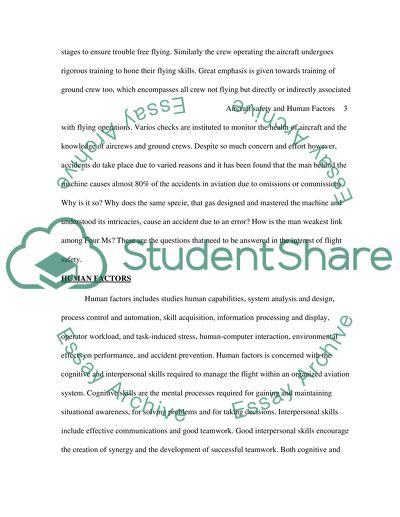Cite this document
(“Aircraft safety and Human Factors Essay Example | Topics and Well Written Essays - 2500 words”, n.d.)
Retrieved de https://studentshare.org/miscellaneous/1530261-aircraft-safety-and-human-factors
Retrieved de https://studentshare.org/miscellaneous/1530261-aircraft-safety-and-human-factors
(Aircraft Safety and Human Factors Essay Example | Topics and Well Written Essays - 2500 Words)
https://studentshare.org/miscellaneous/1530261-aircraft-safety-and-human-factors.
https://studentshare.org/miscellaneous/1530261-aircraft-safety-and-human-factors.
“Aircraft Safety and Human Factors Essay Example | Topics and Well Written Essays - 2500 Words”, n.d. https://studentshare.org/miscellaneous/1530261-aircraft-safety-and-human-factors.


